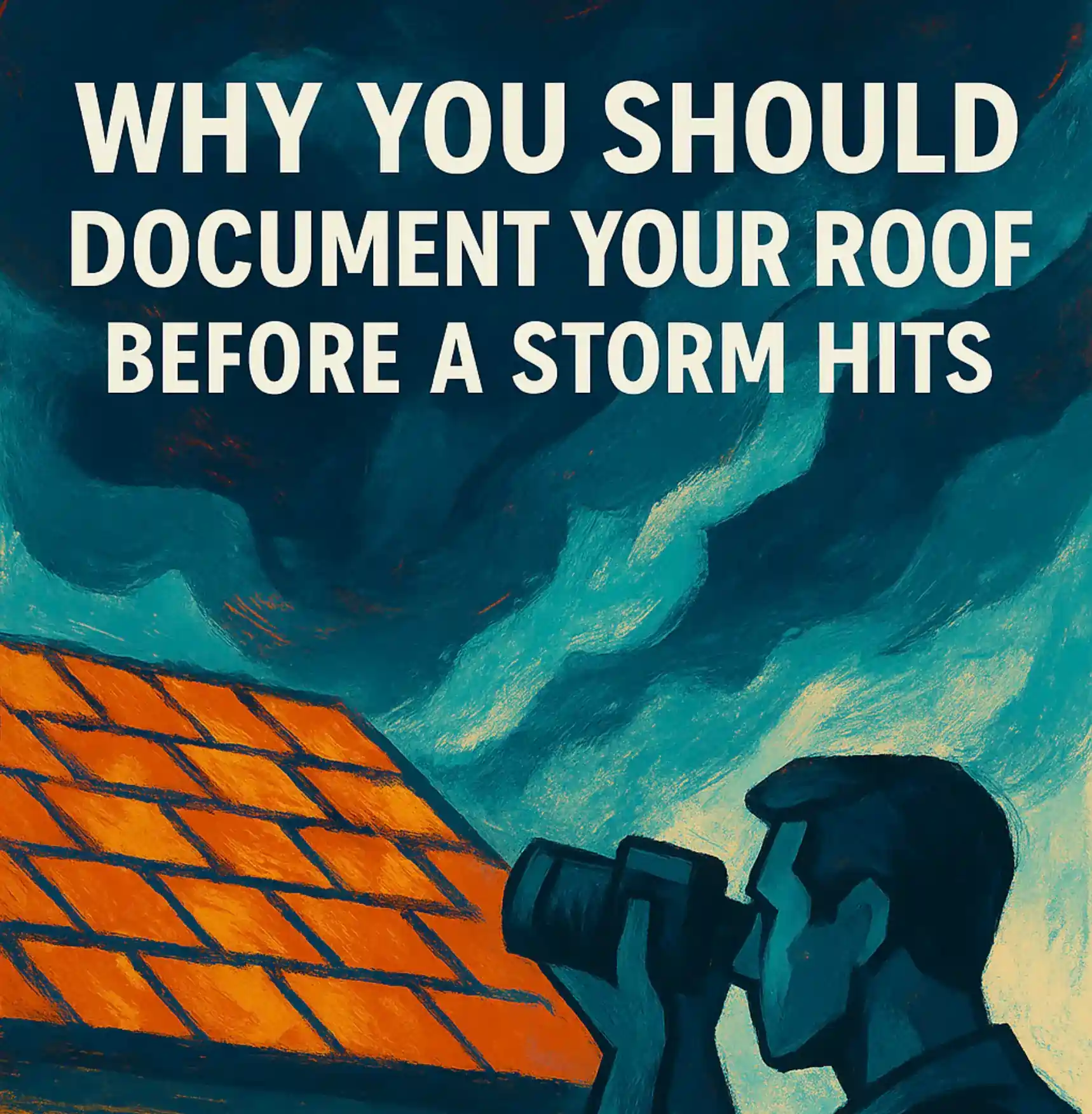Your home’s roof takes a beating day in and day out. From hail, rain, wind, and sun to critters and pests, it is your home’s first defense against the elements. Keeping it in top shape is one of the smartest investments you can make as a homeowner in Sarasota, Florida.
Interior Signs of a Roof Leak
Start by inspecting your ceilings and walls. Keep an eye out for:
- Water stains or discoloration
- Bubbling or peeling paint
- Warped or sagging drywall
- Mold and mildew growth
These are telltale signs of moisture infiltration. Pay extra attention to corners of rooms, ceiling seams, and areas near vents or chimneys.
Exterior Signs of a Roof Leak
After your indoor inspection, step outside. Look for:
- Missing, cracked, or curled shingles
- Visible rot or soft spots on the roof
- Pooled water or signs of water damage
- Worn or damaged flashing around chimneys and vents
- Granule buildup in gutters and downspouts
Pay close attention to the nails and materials used on your roof, as substandard components are often culprits in premature leaks and warranty voids.
Don’t Forget the Attic
Your attic can offer valuable clues about your roof’s health. Warning signs to look for include:
- Wet rafters or ceiling boards
- Insulation that appears damp or matted
- Moldy smells or actual fungal growth
- Unexplained increases in energy bills
These symptoms could indicate compromised attic ventilation or hidden moisture from leaks.
Why Professional Roof Inspections Matter
While homeowner inspections are helpful, small leaks are often missed by the untrained eye. That’s why annual roof inspections by a certified professional are essential. A trusted roofer will:
- Thoroughly inspect interior and exterior components
- Evaluate ventilation and flashing systems
- Check underlayment and roof decking for signs of moisture
- Provide a detailed report of any issues or potential risks
When hiring a contractor, make sure they’re not just focused on surface-level fixes. A quality roofer like Sonshine Roofing will take the time to investigate the root cause of any problems—not just the symptoms.
What to Do If You Suspect a Leak
If you notice even one of the warning signs listed above, don’t wait. Roof leaks never fix themselves—they always get worse over time. Ignoring a small leak now could result in expensive structural repairs later.
Call in a professional to perform a detailed inspection and get peace of mind that your home is protected. If needed, schedule a roof repair right away to prevent further damage.
Final Thoughts
Your roof is more than just shingles—it’s your first line of defense. Stay alert to the signs of trouble, and don’t hesitate to ask for help when something seems off. When in doubt, call Sarasota’s trusted roofing team at SonShine Roofing. We’ll help you stop the leaks before they start.
Want to extend the life of your roof? Consider joining our Roof Care Club for annual inspections, discounts, and priority service.













